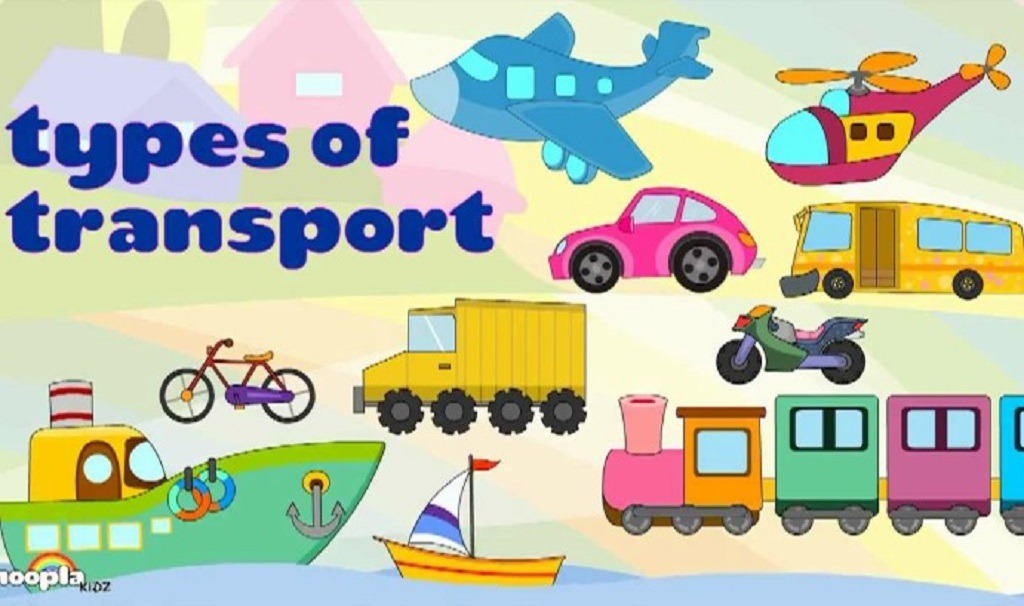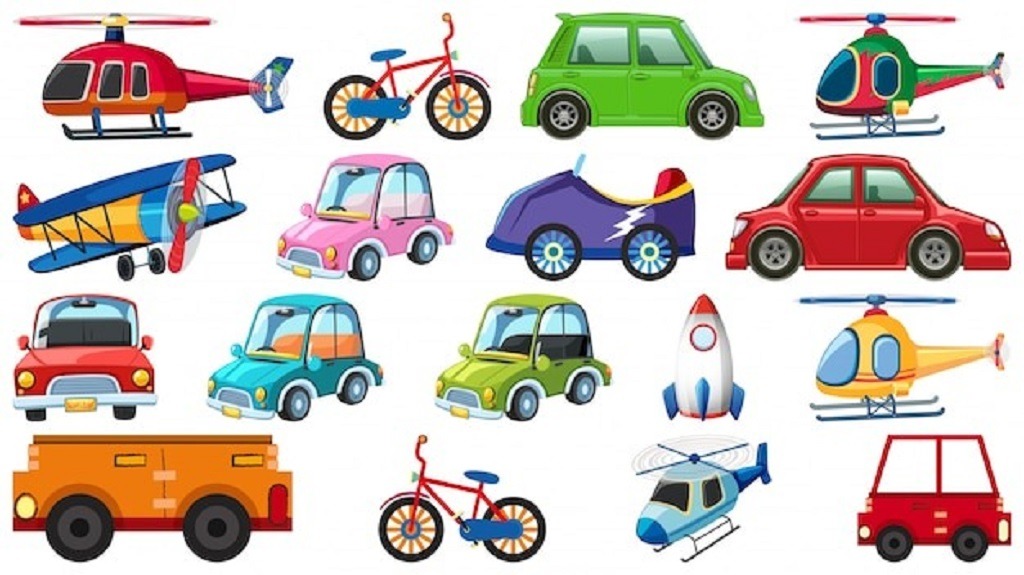Transportation is an essential part of our daily lives. It helps move people, goods, and services from one place to another efficiently. Whether you’re commuting to work, shipping products across countries, or traveling for leisure, transportation plays a vital role. The Think Different Network offers insightful resources on many topics, including transportation, to help you understand its importance better.
When exploring the types of transportation, you will find a broad range of options that suit different needs and environments. For a detailed overview, check out this informative article on types of transportation by Think Different Network. Understanding these categories can give you a clearer perspective on how transportation systems impact economies, the environment, and society.
What Are the Main Types of Transportation?
Transportation can be broadly categorized into several types based on the mode of movement and the medium used. The primary categories include:
- Land Transportation
- Water Transportation
- Air Transportation
- Pipeline Transportation
- Space Transportation
Each type serves different purposes and comes with its own set of advantages and limitations.
Land Transportation
Land transportation is the most common and widely used form. It includes vehicles that travel on roads and railways. This type is further divided into:
Road Transportation
Road transportation involves vehicles such as cars, buses, trucks, motorcycles, and bicycles. It offers flexibility and accessibility, allowing travel to remote and urban areas alike. It is essential for daily commuting and the delivery of goods.
However, road transport can face challenges such as traffic congestion, road maintenance, and environmental pollution. Despite this, it remains critical for short-distance travel and last-mile connectivity.
Rail Transportation
Railways are another crucial form of land transportation, particularly for heavy cargo and long-distance passenger travel. Trains are energy-efficient and capable of carrying large volumes of goods and people. They connect cities and regions with reliable schedules.
Rail transportation is also considered safer than road travel in many cases. Countries invest heavily in rail infrastructure to improve transportation efficiency and reduce carbon emissions.
Water Transportation
Water transportation uses waterways like rivers, lakes, seas, and oceans to move goods and passengers. It is one of the oldest types of transportation, essential for international trade.
Types of Water Transport
- Ships and Boats: Used for transporting cargo and passengers across large bodies of water.
- Ferries: Provide transport across rivers and short sea routes, often connecting islands or coastal regions.
- Barges: Flat-bottomed vessels primarily used for bulk goods on rivers and canals.
Water transport is cost-effective for heavy and bulky goods such as oil, coal, and grains. However, it tends to be slower compared to air and road transport.
Air Transportation
Air transportation is the fastest mode, making it ideal for long-distance travel and urgent deliveries. It includes:
- Commercial Airlines: Carry passengers globally and provide quick access to remote areas.
- Cargo Planes: Transport valuable or time-sensitive goods like electronics, pharmaceuticals, and perishable items.
- Helicopters: Used for short distances, emergency services, and areas without airports.
Despite its speed, air transportation can be expensive and environmentally taxing due to fuel consumption and emissions.
Pipeline Transportation
Pipeline transportation is a specialized mode for moving liquids and gases, such as oil, natural gas, and water. Pipelines are fixed, underground, or underwater channels that ensure continuous flow with minimal human intervention.
This method is highly efficient for transporting resources over long distances. It is also safer and less polluting compared to road or rail for hazardous materials.
Space Transportation
Although still emerging, space transportation involves vehicles like rockets and space shuttles designed to move people and cargo beyond Earth’s atmosphere. This type supports scientific research, satellite deployment, and potential future colonization efforts.
Space transport requires advanced technology and substantial investment, but it continues to evolve rapidly.
Why Understanding Types of Transportation Matters
Knowing about the various types of transportation helps individuals, businesses, and governments make informed decisions. For instance, choosing the right transportation mode can save costs, reduce environmental impact, and improve efficiency. Additionally, transportation infrastructure affects economic growth by connecting markets and enabling trade.
For more insights on the types of transportation and their importance, visit Think Different Network’s article.
Environmental Impact of Different Transportation Types
Each transportation type affects the environment differently. Road and air transportation are significant contributors to greenhouse gas emissions. Rail and water transport tend to be more eco-friendly options. Governments worldwide are encouraging greener alternatives, such as electric vehicles and high-speed rail, to reduce carbon footprints.
Future Trends in Transportation
The transportation sector is rapidly evolving with new technologies and innovations. Some trends include:
- Electric and Hybrid Vehicles: Reducing dependence on fossil fuels.
- Autonomous Vehicles: Enhancing safety and efficiency.
- Hyperloop and Maglev Trains: Offering ultra-fast travel options.
- Drones: Revolutionizing delivery services.
- Sustainable Aviation Fuels: Decreasing air transport emissions.
These advancements aim to improve sustainability, speed, and safety.
External Resources for Further Reading
For additional authoritative insights, you can explore resources like:
- United States Department of Transportation (DOT)
- World Economic Forum’s Transportation Section
Read More Also: Houston Home Decor Trends: Furniture, Paint and Expert Reviews
Conclusion
Transportation comes in many types, each suited to different purposes and environments. From land and water to air and pipelines, these modes help connect the world, move goods, and support economies. Understanding the types of transportation can help us appreciate their impact on daily life and the environment.
As new technologies emerge, transportation will continue to evolve, becoming faster, safer, and more sustainable. For a deeper dive into this topic, don’t forget to explore the detailed information available on the Think Different Network.
Read More Also: Chicago Eco Lawn Solutions: Organic Products & Services
Frequently Asked Questions (FAQs)
What are the five main types of transportation?
The five main types are land, water, air, pipeline, and space transportation.
Which type of transportation is the most environmentally friendly?
Rail and water transportation generally have a lower environmental impact compared to road and air travel.
How does pipeline transportation work?
It involves transporting liquids and gases through fixed pipelines, often underground, over long distances.
Why is air transportation more expensive than other types?
Due to high fuel costs, maintenance, and the need for specialized infrastructure like airports.
What future technologies could change transportation?
Electric vehicles, autonomous cars, hyperloop trains, drones, and sustainable aviation fuels are key emerging technologies.







